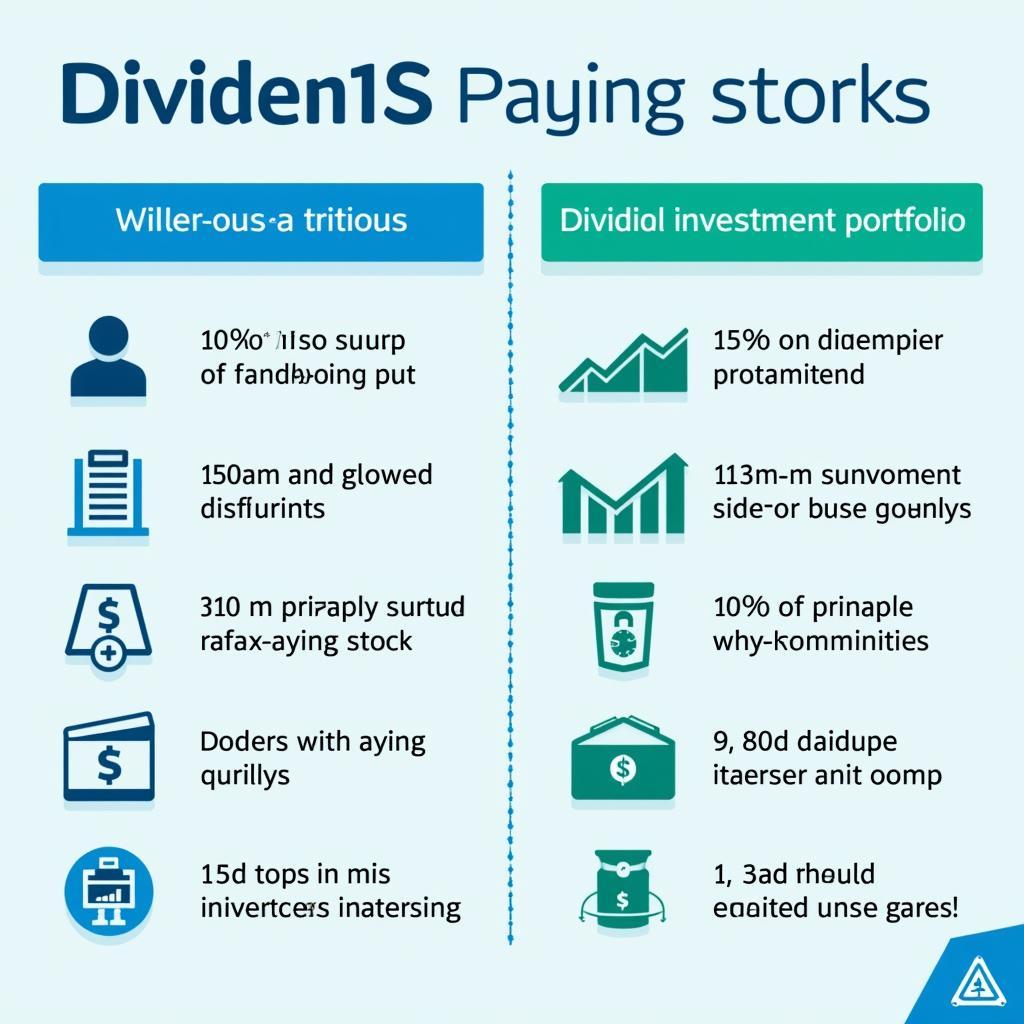Financial topics, particularly those related to retirement planning and investment strategies, have become increasingly common in IELTS Writing Task 2 essays. Based on analysis of past exam questions, topics involving pension funds, retirement savings, and investment choices appear approximately once every 4-5 months. Let’s examine a recent test question that represents this trend.
Analyzing the Question
Some people believe that investing in dividend-paying stocks is the best strategy for retirement planning, while others think diversifying investments across different assets is more important. Discuss both views and give your opinion.
This question requires candidates to:
- Discuss two contrasting views on retirement investment strategies
- Evaluate the merits of dividend stocks vs diversification
- Present and justify their own opinion
- Provide relevant examples and explanations

Band 8 Sample Essay
The debate over optimal retirement investment strategies has intensified in recent years, with some advocating for dividend-focused portfolios while others champion broader diversification. While both approaches have merit, I believe a balanced strategy that emphasizes diversification while including dividend stocks offers the most prudent path to retirement security.
Proponents of dividend-paying stocks highlight several compelling advantages. First, these investments provide regular income streams that can replace employment earnings during retirement. Companies with long histories of dividend payments, such as established utilities and consumer goods firms, tend to be more financially stable and less volatile than growth stocks. Additionally, dividend income can help retirees maintain purchasing power against inflation, as many companies increase their dividend payments annually.
However, those favoring diversification present equally valid arguments. A well-diversified portfolio spreading investments across various asset classes – including bonds, real estate, and different types of stocks – can significantly reduce risk through non-correlated returns. When one asset class underperforms, others may compensate, providing more stable overall returns. Furthermore, different economic conditions favor different types of investments, making diversification particularly valuable during market uncertainties.
In my view, the optimal approach combines both strategies. While dividend-paying stocks should form a core component of retirement portfolios, limiting investments exclusively to these securities creates unnecessary concentration risk. A balanced portfolio might allocate 40-50% to dividend stocks for steady income, with the remainder spread across other assets to provide growth potential and risk management. This approach allows retirees to benefit from reliable dividend income while maintaining the protection and opportunity that diversification offers.
Band 6.5 Sample Essay
Many people have different opinions about how to save money for retirement. Some think dividend stocks are the best choice, but others say having different types of investments is better. I will discuss both ideas and share what I think.
People who like dividend stocks have some good reasons. These stocks give people regular money payments, which is helpful when they stop working. Also, big companies that pay dividends are usually safer than smaller companies. This makes many people feel more confident about their retirement savings.
On the other hand, putting money in different types of investments can be safer. If you only buy dividend stocks and these companies have problems, you could lose a lot of money. By buying different investments like bonds and property, you protect yourself better. When some investments go down, others might go up.
I think both ideas are important for retirement planning. It’s good to have some dividend stocks for regular income, but also other investments for safety. This way, people can get regular payments from dividends but also protect their savings with different types of investments. This seems like the smartest way to plan for retirement.
Key Vocabulary
- dividend-paying stocks (n) /ˈdɪvɪdend/ – shares that regularly distribute company profits
- diversification (n) /daɪˌvɜːsɪfɪˈkeɪʃən/ – spreading investments across different assets
- prudent (adj) /ˈpruːdənt/ – wise and careful about practical matters
- volatility (n) /ˌvɒləˈtɪləti/ – tendency to change rapidly and unpredictably
- purchasing power (n) /ˈpɜːtʃəsɪŋ ˈpaʊə/ – value of money in terms of goods it can buy
- asset classes (n) /ˈæset klɑːsɪz/ – categories of investments
- non-correlated returns (n) /nɒn-ˌkɒrəˈleɪtɪd rɪˈtɜːnz/ – investment returns that don’t move in the same pattern
- concentration risk (n) /ˌkɒnsənˈtreɪʃən rɪsk/ – risk from lack of investment diversity
Conclusion
Remember to practice writing your own essays on similar financial topics, as they frequently appear in IELTS exams. Consider exploring related questions such as:
- The role of government in retirement planning
- Comparing private versus public pension systems
- The impact of increasing life expectancy on retirement savings
Feel free to share your practice essays in the comments section for feedback and discussion.